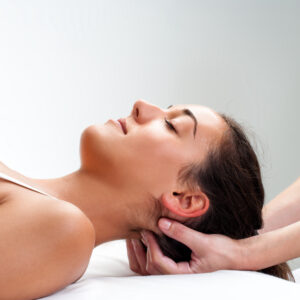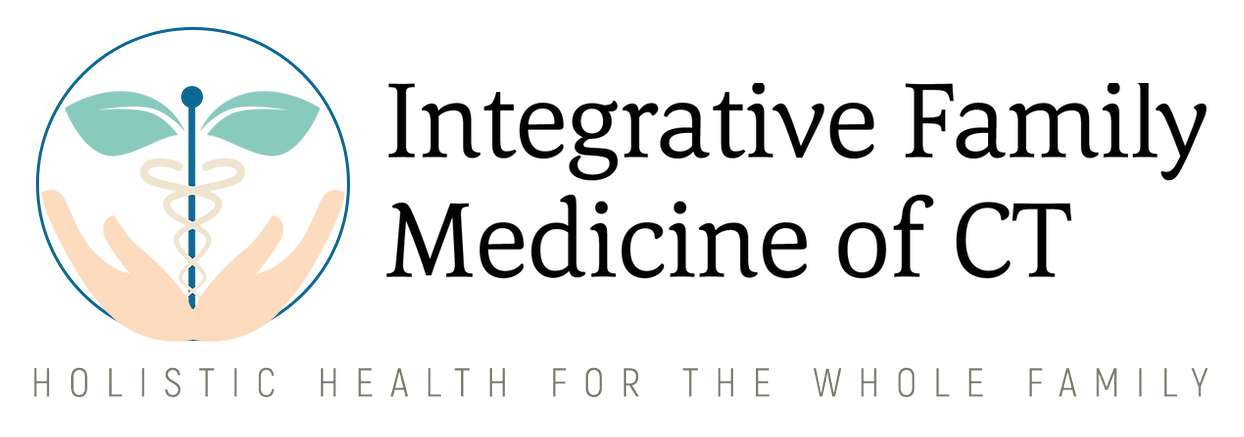
Osteopathy
- Osteopathic physicians (DO’s) are fully-licensed to prescribe medicine and practice in all specialty areas, including surgery.
- They complete approximately four years of medical school followed by graduate medical education through internship and residency programs typically lasting three to eight years.
- DO’s and MD’s are alike in many ways but osteopathic medicine is a parallel branch of American medicine that has a distinct philosophy and approach to patient care.
- DO’s receive an additional 300-500 hours in the study of hands-on manual medicine and the body’s musculoskeletal system, providing them with an in-depth knowledge of your body’s interconnected system of nerves, muscles and bones and how they are related to illness or injury.
- DO’s practice a “whole person” approach to medicine. Many Osteopathic Physicians focus on primary care and preventive health care.
Osteopathic Manipulative Treatment (OMT) is a non-invasive drug-free manual medicine that focuses on holistic whole body health by balancing and strengthening the musculoskeletal framework (joints, muscles and spine). OMT involves the therapeutic application of manually guided forces by an Osteopathic Physician to improve physiologic function and/or support homeostasis that has been altered by somatic dysfunction.
The goal of this treatment is to positively impact the body’s musculoskeletal, nervous, respiratory-circulatory and lymphatic systems to reduce or remove impairments which will allow the body an opportunity to heal itself. Osteopaths apply their techniques to balance all systems in the body instead of simply treating the problem area, which makes this another effective and powerful approach to healing. If one part of the body is restricted or impaired then the rest of the body must change to compensate; this may result in distant pain, inflammation, stiffness and several other health complaints.
“A concept of health care supported by expanding scientific knowledge that embraces the concept of the unity of the living organism’s structure (anatomy) and function (physiology).”
Osteopathic philosophy emphasizes the following principles:
- The human being is a dynamic unit of function
- The body possesses self-regulatory mechanisms that are self-healing in nature
- Structure and function are interrelated at all levels
- Rational treatment is based on these principles
Osteopathic Physicians are trained to evaluate and treat patients as individuals and treatments can be extremely varied from visit to vist as there is no set “technique” used for each patient. Everyone is unique and the physician will select special approaches to best suit the needs of the patient after a lengthy discussion of their history and current situation as well as a hands-on physical examination.
Osteopaths can provide additional healing by offering dietary/exercise recommendations and offering prevention advice to allow patients to maintain their own health between treatments. The physican can guide individuals with stretching and strengthening exercises, ergonomics and postural support, breathing excersises, stress reduction, good lifting techniques and more.
Osteopathic medicine can benefit anyone regardless of race, age or gender and can be used as a stand-alone treatment in many cases or as a complement to advice given by a Primary Physician. It is safe for acute and chronic issues, post traumatic injuries, pre and post operatively, and from newborns to the elderly.
Osteopathy in the cranial field is an expansion of the general principles of osteopathy which includes a special understanding of the central nervous system and a mechanism called primary respiration. Those who wish to practice Cranial Osteopathy train intensively through post-graduate studies.
Osteopathic Physicians are frequently asked about the differences between Cranial Osteopathy and Cranio-Sacral Therapy™. Because this is often a confusing topic for the public the Cranial Academy wishes to clarify the differences by providing the information below:
Cranial Osteopathy is a medical treatment applied by licensed physicians who have completed a thorough osteopathic medical education and numerous years of additional training in this specialty. In the United States only actively licensed physicians are permitted to diagnose and treat using Cranial Osteopathy.
Cranio-Sacral Therapy™ requires little to no medical background. A single 24 hour course provides a certificate.
In summary, Osteopathic Physicians (USA) trained in the Cranial Concept:
- Are taught the depth of Dr. Sutherland’s vision and the evolution of his legacy dating from the early 1900s.
- Are fully qualified to practice the full range and scope of medicine and surgery. This thorough training brings a profound depth of understanding, knowledge, experience and commitment to the Diagnosis and Treatment process.
- Receive in-depth training in the applications of osteopathic philosophy and technique (fully trained in Neuro-anatomy & Neuro-Physiology). Cranial Osteopathy is an expansion of basic osteopathic philosophy, without this basic osteopathic background the full potential of cranial treatment may never be realized.
